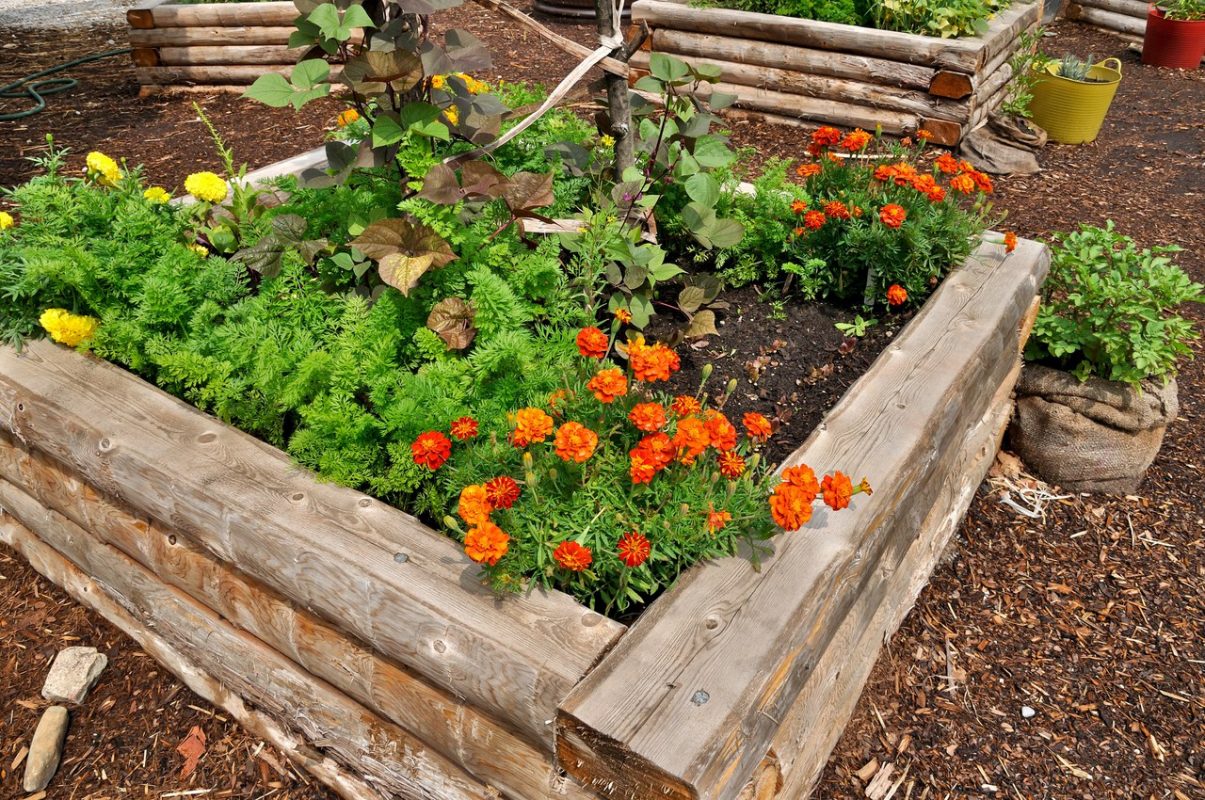Mushroom compost and pests – ABC Pure Gardener Journal
Making mushroom compost
Mushroom compost for rising White Button and Portobello form mushrooms is likely to be made at home. You need about one cubic metre or further of cloth to generate ample heat to pasteurise the mix as a result of the compost heap breaks down, ridding it of competing fungi.
You’ll have roughly 5 sq. bales of latest wheat straw, 180 litres of latest horse (or a bit a lot much less of poultry) manure, and 5kg of gypsum. Earlier straw and manure will almost positively already be infested with wild fungi.
Moist the wheat straw completely the day sooner than use, allowing it to empty in a single day. Create a layered heap starting with one bale of straw. Mix three or 4 handfuls of gypsum into 36 litres of manure, spreading this over the straw, and repeat until the heap is full. Flip the heap weekly, ensuring outer, cooler elements are returned to the centre to ‘prepare dinner dinner’.
If the mix seems greasy, sprinkle on considerably further gypsum. As quickly because the heap stops heating, use it immediately. The optimum temperature for rising White Button or Portobello form mushrooms is 13-15°C. Use masks when making.
Nick Romanowski
Mushroom pests and sicknesses
Mushroom and phorid fly
Mushroom flies (usually generally known as fungus gnats) and phorid flies is likely to be essential pests in enterprise mushroom rising operations. Smaller home plantings shouldn’t be going to primarily attraction to flies in the event that they’re saved indoors and away from pot crops. Inside the worst case, any fly assault is likely to be handled with pure biocontrols based mostly totally on Bacillus thuringiensis (Bt), an unimaginable enchancment on the numerous pesticides and bug progress regulators sometimes used to cope with compost in enterprise farms.
Bacterial blotch
Bacterial blotch sickness (Pseudomonas spp.) spreads shortly in moist, poorly ventilated circumstances, significantly all through warmth local weather, with yellow-brown spots on the caps shortly become chocolate-brown, slimy and noticeably smelly. Fastidiously take away contaminated elements using a sharp, clear knife and do away with inside the garbage, not in your compost. Wash your palms completely after, and sterilise instruments by dipping in methylated spirits or a one per cent reply of household bleach.
Jerry Coleby-Williams






